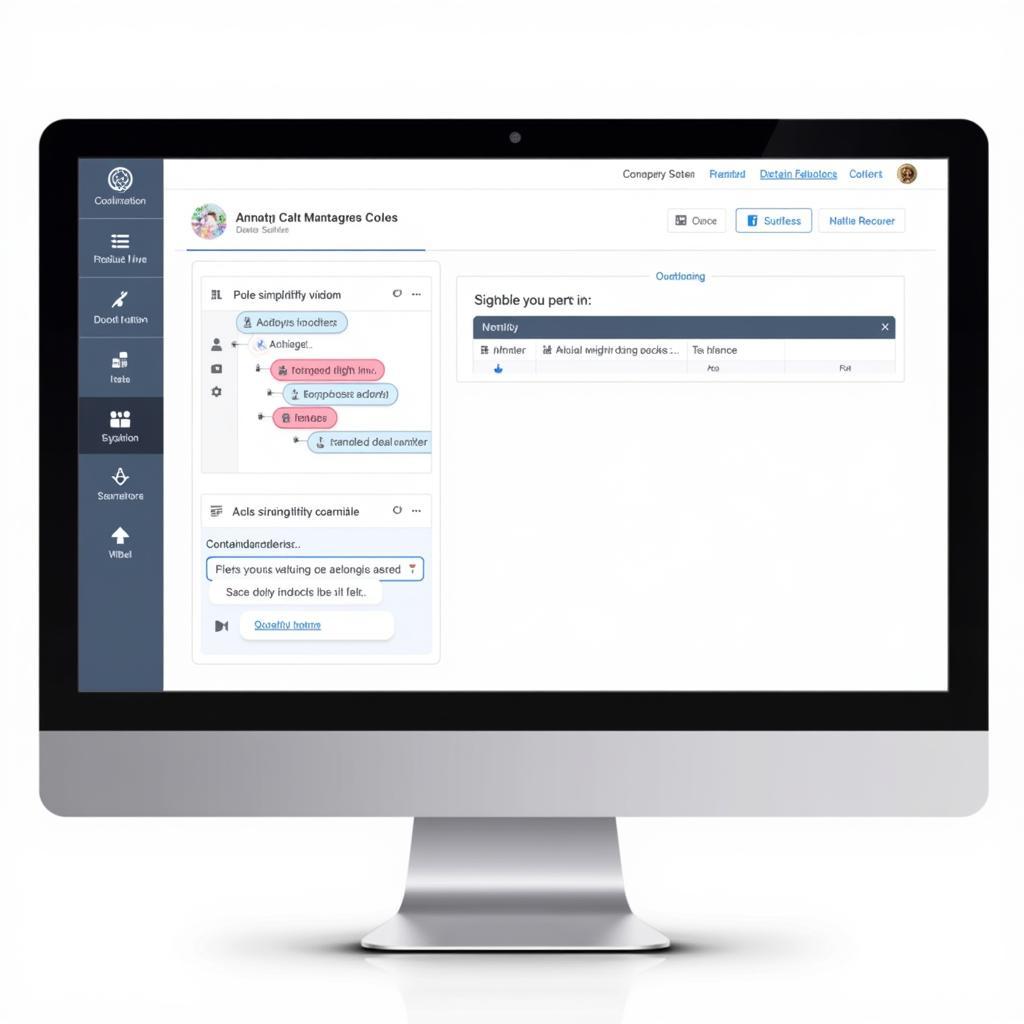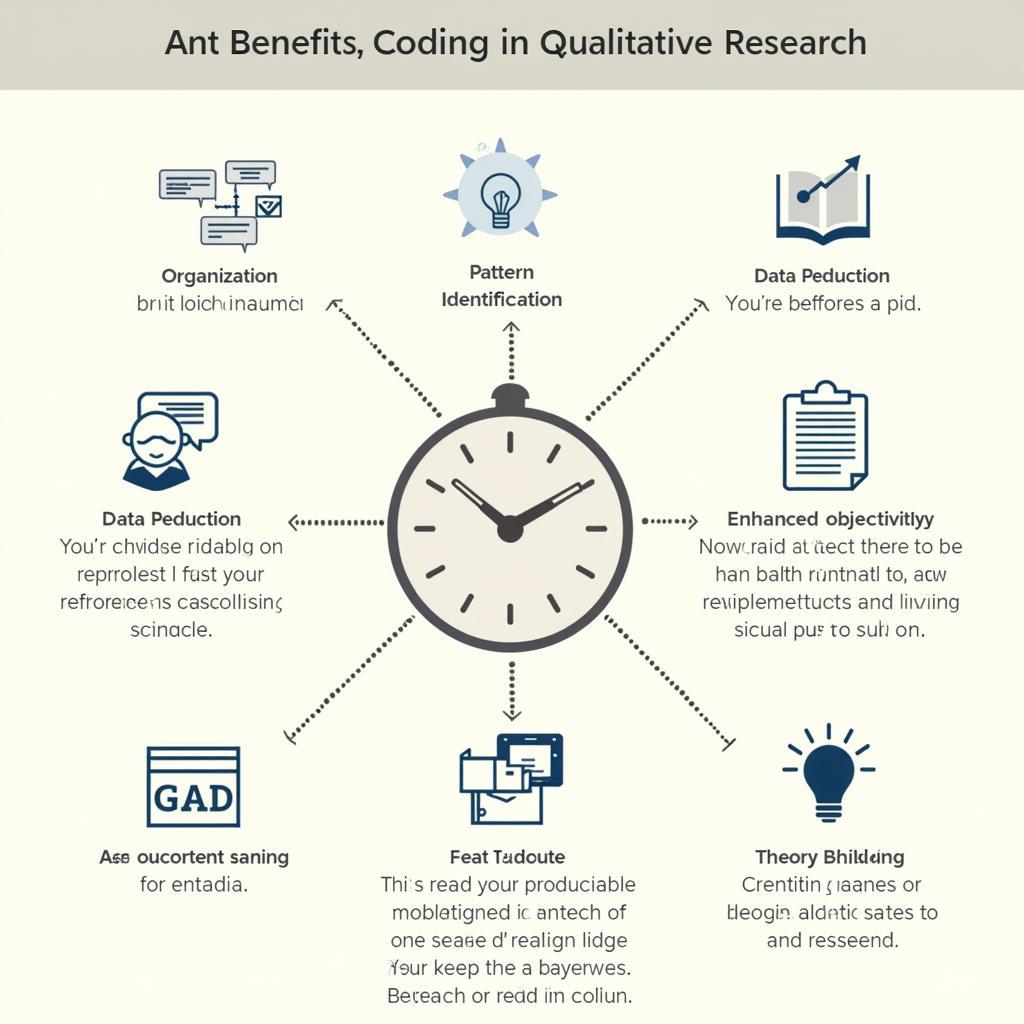Qualitative research often involves dealing with vast amounts of textual data, from interview transcripts to open-ended survey responses. This is where coding comes in as a systematic approach to analyze and interpret this data, uncovering hidden patterns, themes, and meanings.
 Coding Qualitative Data
Coding Qualitative Data
What is Coding in Qualitative Research?
Coding in qualitative research is the process of assigning labels or “codes” to segments of text, such as words, phrases, sentences, or paragraphs. These codes represent the underlying concepts, ideas, or themes that emerge from the data. By systematically applying codes, researchers can organize and categorize information, making it easier to identify patterns and draw meaningful conclusions.
For instance, if you’re analyzing interviews about people’s experiences with meditation, you might assign codes like “stress reduction,” “improved focus,” or “spiritual connection” to different segments of the data.
Why is Coding Important in Qualitative Research?
Coding is not just about summarizing data; it’s about deeply understanding it. Here’s why coding is crucial:
- Organization: It helps manage large volumes of data efficiently.
- Pattern Identification: Coding reveals recurring themes and patterns that might not be immediately apparent.
- Data Reduction: It simplifies complex information, making it easier to analyze.
- Objectivity and Rigor: Systematic coding enhances the objectivity and credibility of qualitative research.
- Theory Building: Coding can lead to the development of new theories or refine existing ones.
 Qualitative Coding Software
Qualitative Coding Software
Types of Coding for Qualitative Research
There are different approaches to coding in qualitative research, each with its own strengths and purposes:
-
Inductive Coding: This approach involves generating codes directly from the data itself, allowing themes to emerge organically. It’s often used in exploratory research where there are no pre-defined categories. You can learn more about the specifics of inductive coding by visiting our page on inductive coding in qualitative research.
-
Deductive Coding: This method uses pre-existing theories or frameworks to guide the coding process. Researchers start with a set of codes based on their research questions or hypotheses and then apply them to the data.
-
In Vivo Coding: This approach uses the participants’ own words as codes, capturing their language and perspective. For example, if a participant describes their experience as “liberating,” that word becomes a code.
The Coding Process in Qualitative Research
While the specific steps may vary depending on the type of coding used, the general process follows a similar path:
-
Familiarization: Read and re-read the data to get a sense of the overall content.
-
Generating Initial Codes: Identify key concepts, ideas, or themes and assign codes.
-
Coding the Data: Systematically apply codes to relevant segments of text.
-
Reviewing and Refining Codes: Examine the codes for consistency and clarity, merging or splitting them as needed.
-
Identifying Relationships: Explore the connections and patterns between codes, grouping them into categories or themes.
-
Developing a Codebook: Create a document that defines each code and provides examples from the data. To understand this process in greater detail, you can refer to our comprehensive guide on the coding process in qualitative research.
Software Tools for Qualitative Coding
While coding can be done manually, software tools can greatly enhance efficiency and organization. Programs like NVivo, Atlas.ti, and MAXQDA offer features such as:
- Text Organization: Import and manage large data files.
- Coding Tools: Highlight text and assign codes easily.
- Code Management: Create, edit, and organize codes efficiently.
- Visualization: Generate diagrams and charts to represent relationships between codes.
- Querying: Search for specific codes or combinations of codes.
 Benefits of Coding in Research
Benefits of Coding in Research
Conclusion
Coding is an essential technique in qualitative research, allowing researchers to unlock the richness and complexity of textual data. By systematically applying codes, identifying patterns, and developing themes, researchers gain a deeper understanding of the phenomena under investigation. Whether using manual methods or software tools, mastering the art of coding empowers researchers to transform raw data into meaningful insights. For further exploration on this topic, visit our page on coding data for qualitative research and expand your knowledge base.